The content of the article
The number of small tern is small, but the habitat extends widely, capturing almost all European countries, as well as Denmark, Sweden, Bulgaria. Her slightly fussy behavior and melodic voice part cause a smile. Her habits include frequent plumage changes, depending on age and season. The tern belongs to migratory birds and prefers to spend the winter months in warm countries, departing annually in the fall “at the resort” to West Africa, India and the Persian Gulf.
Noisy inhabitant of the sea shore
The small tern does not exceed the size of the starling, and it has enough energy and enthusiasm for all. A distinctive feature - a white forehead and stripes above the eyebrows. The back is gray, the color of the abdomen is lighter. A bright yellow beak with a neat black tip is striking. It is quite sharp, as the bird trades fish, diving on top of it.
The tern changes its outfit several times during its life. The chicks are covered with light down with dark patches.It ranges from yellowish gray to sandy. The bill is pinkish with a darker tip. Growing up, the tern changes the down to the first outfit, which is characterized by the predominance of light colors and an incomplete dark-colored cap on the crown of the bird. Twice more it will change the plumage until it reaches the nesting age.
The terns quietly carry the neighborhood with the person, the habitat gradually expands and the birds develop new territories. Birds migrate in small groups, pair flights are less common, and occasionally single people can be observed.
- small fish and fry;
- insects;
- invertebrates;
- shrimp;
- small crustaceans.
In order to obtain food, the tern folds its wings and dives into the water, sometimes going to a depth of several meters. It is interesting to observe how, in search of food, the bird literally freezes in the air, finely fluttering its wings, and then plunges into a precipitous fall, already emerging with prey.
Marriage games and care for offspring
The male is courting the female for a long time, showing off before her on land and demonstrating miracles on turns in the air, often a couple begins to fly around the territory, keeping close to each other. A lot of time is not spent on building a nest, since it is a shallow hole in the ground, slightly covered with twigs, small pebbles and empty shells. From May to June, depending on the weather in the region, the laying of eggs begins.
In the nest, as a rule, 3 eggs, less often there are nests, where 4 or 5 eggs. Motley, sandy - ocher color with chaotic scattering of specks successfully masks eggs on the ground. On the nest, both parents take turns. The male, like a true gentleman, feeds the female. The most troublesome time comes from the time of hatching chicks. They have to feed up to 63 times a day. But they soon become independent and can hide when natural enemies appear. These include chaykonosye tern, eating young and eggs, gulls, kestrels, jackals. With so many lovers, it is not surprising that in the process of evolution, the terns learned to grow up quickly. Already at the age of 1-2 days, they scatter and hide in the event of anxiety in the bird colony.By 21 days the youngsters get up on the wing and spread out along the coastal line.
Interesting Facts
- Caring parents continue to feed older chicks before the autumn flight.
- Sometimes there are nests - dormitories, where there are 7 - 9 eggs from several clutches.
- Nestlings grow up very early, at the age of three days they already go for a walk around the nest.
- The bird's voice is quite melodious without a squeak and rattle.
- The tern leads a daytime lifestyle, but is able to continue to harvest food even in the thick twilight.
The small tern has learned to live next to a person, but often ill-considered economic activities cause considerable damage to their livestock. Birds are saved by high mobility, they are looking for new fertile places for life and nesting.
Video: Little Tern (Sternula albifrons)

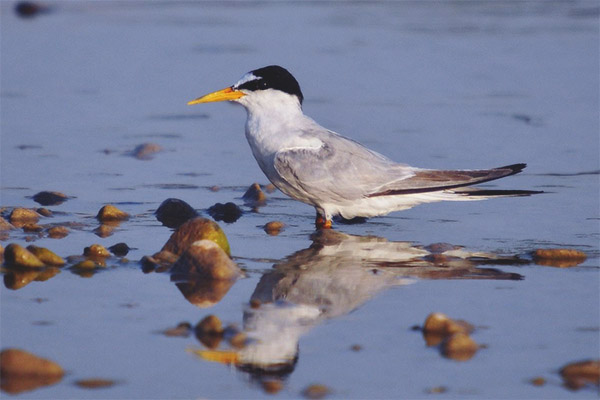
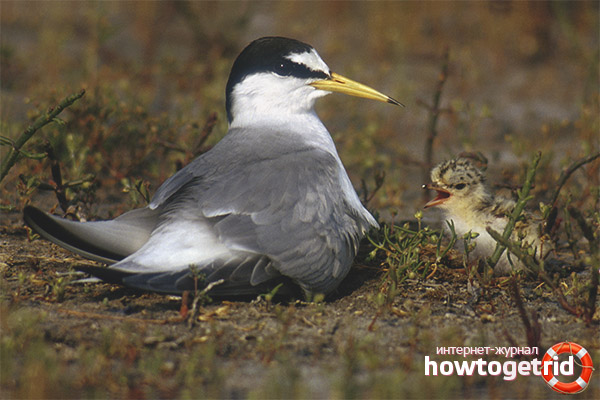
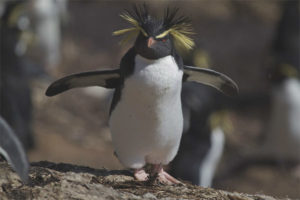
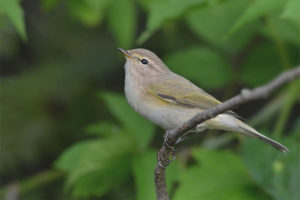
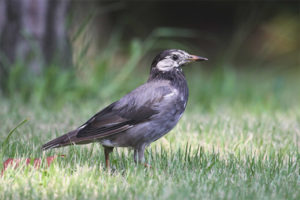
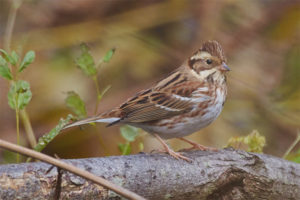
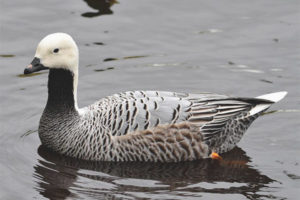
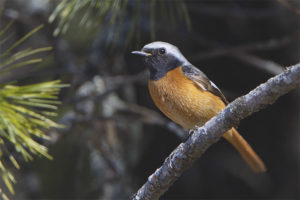
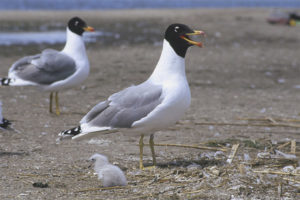
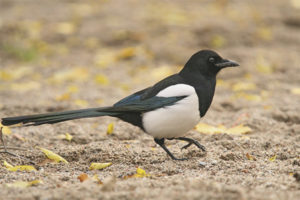
To send